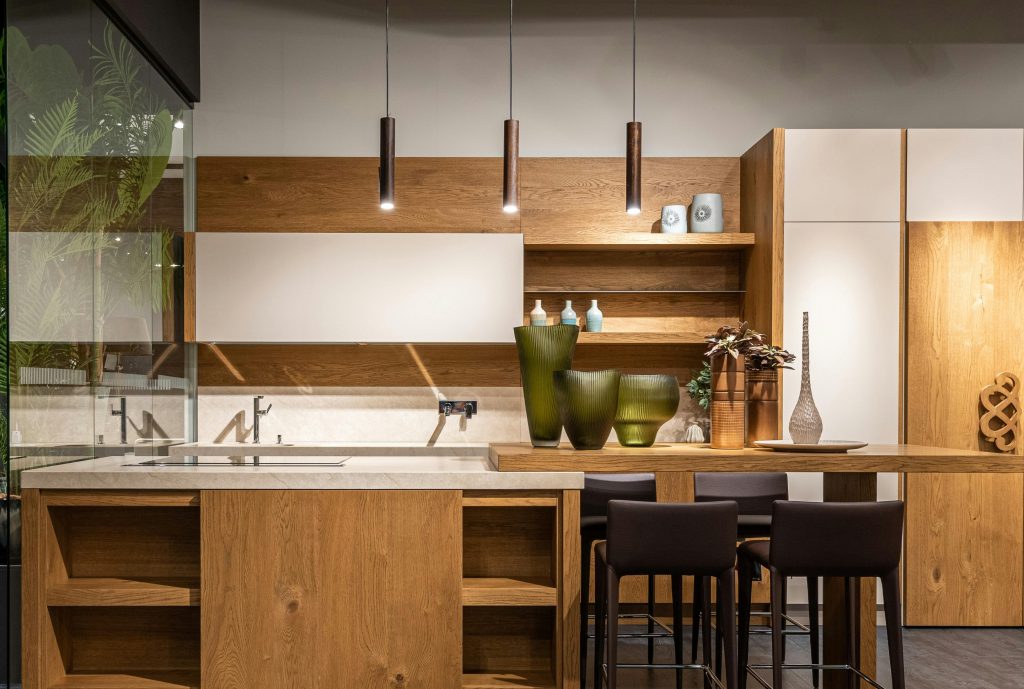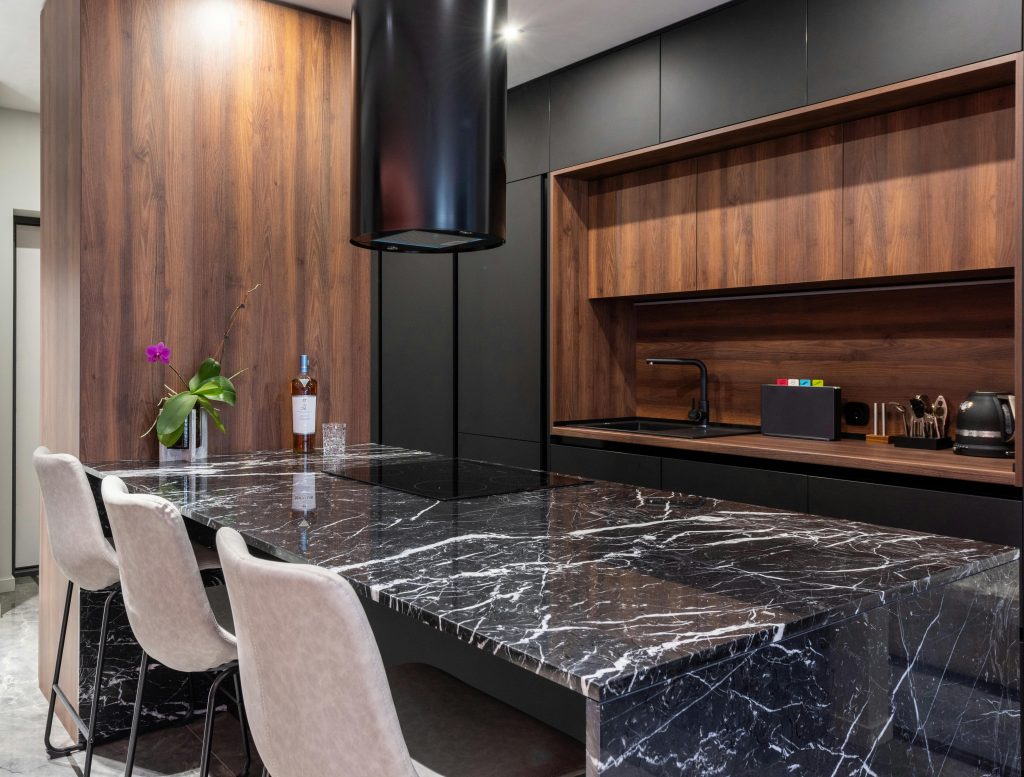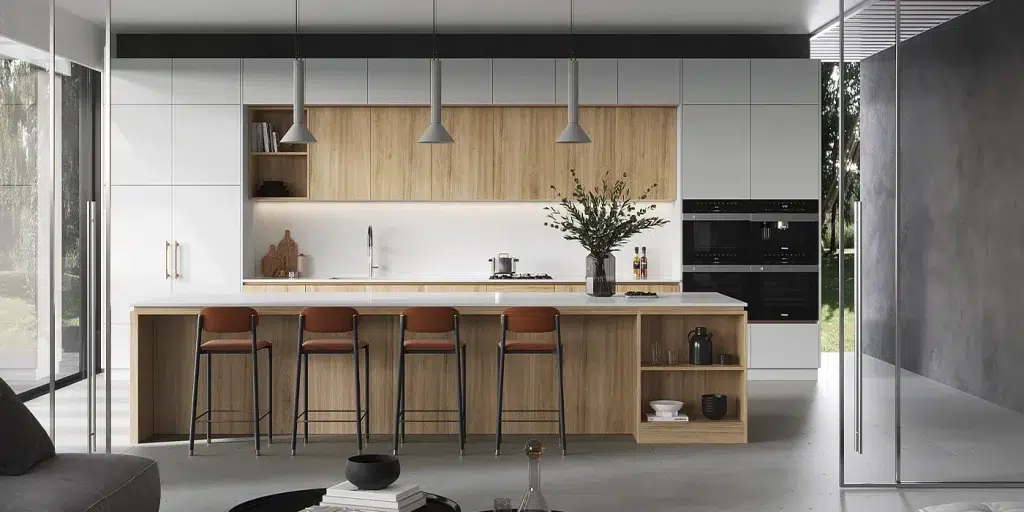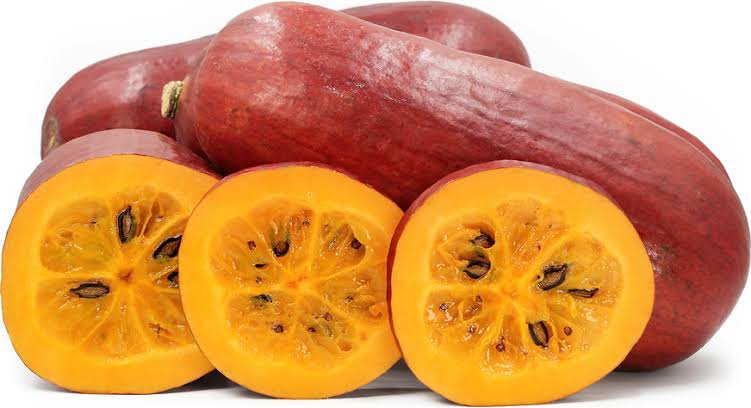The evolution of kitchen design has witnessed a fascinating return to natural elements within modern frameworks. Warm modernism represents a compelling design approach that balances the clean lines and minimalist ethos of contemporary design with the organic warmth and textural richness of natural wood. This harmonious integration creates spaces that feel simultaneously current and timeless, sophisticated yet inviting.
The Revival of Wood in Modern Kitchen Design
Contemporary kitchen design has moved beyond the stark, clinical aesthetic that once dominated modernist spaces. Have you noticed how today’s most striking kitchens combine sleek, minimalist elements with the authentic character of natural materials? This shift reflects a deeper understanding of how environmental psychology influences our experience of interior spaces.
In my experience, kitchens that incorporate natural wood elements create an immediate sense of comfort and well-being that purely synthetic materials simply cannot replicate. The tactile quality of wood grain, its visual complexity, and its inherent connection to nature satisfy our biophilic needs even within highly designed environments.
According to the 2024 Kitchen Design Trends Report by Houzz, “Warm wood tones have experienced a 43% increase in popularity within contemporary kitchen designs over the past two years, with 67% of surveyed designers reporting client requests specifically for wood elements within otherwise modern contexts.” This statistical shift confirms the growing desire for kitchens that balance technological efficiency with natural warmth.
Material Harmony: Balancing Wood with Contemporary Elements

The art of warm modernism lies in creating thoughtful material dialogues between wood and other contemporary elements. Rather than viewing these as opposing forces, successful designs treat them as complementary voices in a cohesive composition.
Case studies show that the most successful warm modern kitchens establish clear material hierarchies. Wood elements serve as either the dominant feature against a neutral background or as warm accents within a more contemporary framework. This deliberate approach prevents material competition that could create visual chaos.
OPPEIN, one of China’s leading kitchen cabinet manufacturers, exemplifies this balanced approach in their “Natural Modern” collection. Their design philosophy pairs walnut and oak cabinet fronts with sleek, handleless systems and integrated technologies. The wood elements provide warmth and character while the contemporary features deliver functionality and clean lines.
Strategic Wood Placement for Maximum Impact
The strategic integration of wood elements requires thoughtful consideration of both aesthetic and functional factors. The location, scale, and treatment of wood components significantly impact the overall design harmony and practical performance of the kitchen.
Island features present ideal opportunities for wood integration, serving as warm focal points within more streamlined surroundings. A wooden island base paired with a sleek stone countertop creates immediate material contrast while defining the island as a central gathering place—a perfect example of warm modernism in practice.
Upper cabinetry offers another effective application for wood elements. While lower cabinets often benefit from more durable and moisture-resistant materials, upper cabinetry faces fewer practical challenges and can showcase beautiful wood grains. This placement also positions wood at eye level, maximizing its visual impact.
According to Kitchen & Bath Design News’ 2024 industry report, “Wood-fronted upper cabinetry combined with solid color lower cabinets has emerged as the most requested configuration among luxury kitchen renovations, reported by 72% of surveyed designers.” This trend highlights how strategic wood placement has become a recognized approach within contemporary kitchen design.
Wood Species Selection: Character and Compatibility
The selection of specific wood species dramatically influences both the aesthetic and performance of warm modern kitchens. Each wood type brings distinct grain patterns, color variations, and aging characteristics that must align with the overall design vision.
In my experience, oak continues to dominate in warm modern applications due to its versatile grain patterns and excellent dimensional stability. White oak particularly excels in contemporary contexts, offering subtle grain interest without overwhelming clean-lined designs. Its natural honey tones warm spaces without the heaviness sometimes associated with darker woods.
Walnut provides a sophisticated alternative with its rich, chocolate tones and straight grain patterns. When used selectively, walnut creates dramatic focal points that anchor contemporary spaces. Its natural color variations add depth and character within otherwise uniform designs.
Many Chinese furniture manufacturers have pioneered innovative treatments for these traditional woods, developing specialized finishes that enhance their natural character while improving performance. These techniques include wire-brushing to emphasize grain texture, smoking processes that deepen natural color variations, and ultra-matte finishes that preserve the tactile quality of wood while enhancing durability.
Finish Considerations: Enhancing Natural Beauty
The finish applied to wood elements fundamentally affects both their appearance and performance. The warm modernist approach typically favors finishes that enhance rather than disguise the natural characteristics of wood.
Low-sheen and matte finishes have emerged as the preferred treatment for wood elements in contemporary kitchens. These subtle finishes preserve the tactile quality of wood grain while creating softer light reflection that integrates harmoniously with other modern materials.
The team at OPPEIN has developed a proprietary “Natural Touch” finish that exemplifies this approach. Their multi-layer system enhances wood’s natural appearance while providing superior protection against kitchen-specific challenges. This technical innovation allows wood elements to perform reliably even in high-use kitchen environments.
Color Coordination: Wood Tones in the Overall Palette
The successful integration of wood within contemporary kitchens depends heavily on thoughtful color coordination. Wood tones must function as intentional components within the broader color strategy rather than as afterthoughts or isolated elements.
The warmth of natural wood provides an excellent counterbalance to the cooler tones often found in contemporary materials like stainless steel, concrete, or glass. This temperature contrast creates visual interest while softening the potentially austere quality of strictly modern elements.
Case studies show that wood tones paired with soft whites rather than stark whites create more successful warm modern environments. The subtle cream undertones in warmer whites complement the natural pigmentation in wood, creating a cohesive rather than jarring relationship between elements.
Grain Patterns as Design Elements

The distinctive grain patterns found in natural wood serve as organic design elements within contemporary spaces. Rather than viewing these variations as inconsistencies to be minimized, warm modernism celebrates them as unique textural features.
Have you considered how different grain orientations dramatically alter the character of wood in kitchen applications? Vertical grain placements create a sense of height and formality, while horizontal orientations suggest expansiveness and relaxation. These subtle decisions significantly impact the emotional quality of the space.
Advanced manufacturing techniques now allow for precise grain matching across cabinet fronts, creating continuous visual flows that enhance the cohesive quality of warm modern kitchens. This technical capability transforms wood from a collection of separate elements into a unified design feature that reads as intentional and sophisticated.
Sustainable Considerations in Wood Selection
Environmental responsibility has become inseparable from contemporary design practice, particularly when working with natural materials like wood. Sustainable sourcing, responsible manufacturing, and lifecycle considerations must inform wood selection for truly forward-thinking kitchen design.
Many leading Chinese furniture manufacturers have established comprehensive sustainability programs that address these concerns. Through certified material sourcing, efficient production methods, and durable construction techniques, these companies are transforming the environmental profile of wood kitchen components.
The Future of Wood in Contemporary Kitchens
The integration of natural wood within contemporary kitchen design continues to evolve as manufacturing capabilities, finish technologies, and design approaches advance. The fundamental appeal of wood—its warmth, character, and connection to nature—ensures its enduring relevance within even the most forward-looking kitchen environments.
The most exciting developments combine traditional wood craft with advanced technology, creating hybrid approaches that honor wood’s natural beauty while enhancing its performance and application potential. These innovations will further expand the creative possibilities for incorporating natural wood tones into contemporary kitchen design.
Warm modernism represents more than just an aesthetic trend—it reflects a deeper understanding of how humans interact with their environments and the importance of balancing technological advancement with natural elements. By thoughtfully incorporating wood tones into contemporary kitchen furniture, designers create spaces that satisfy our desire for both innovation and connection to the natural world.




















